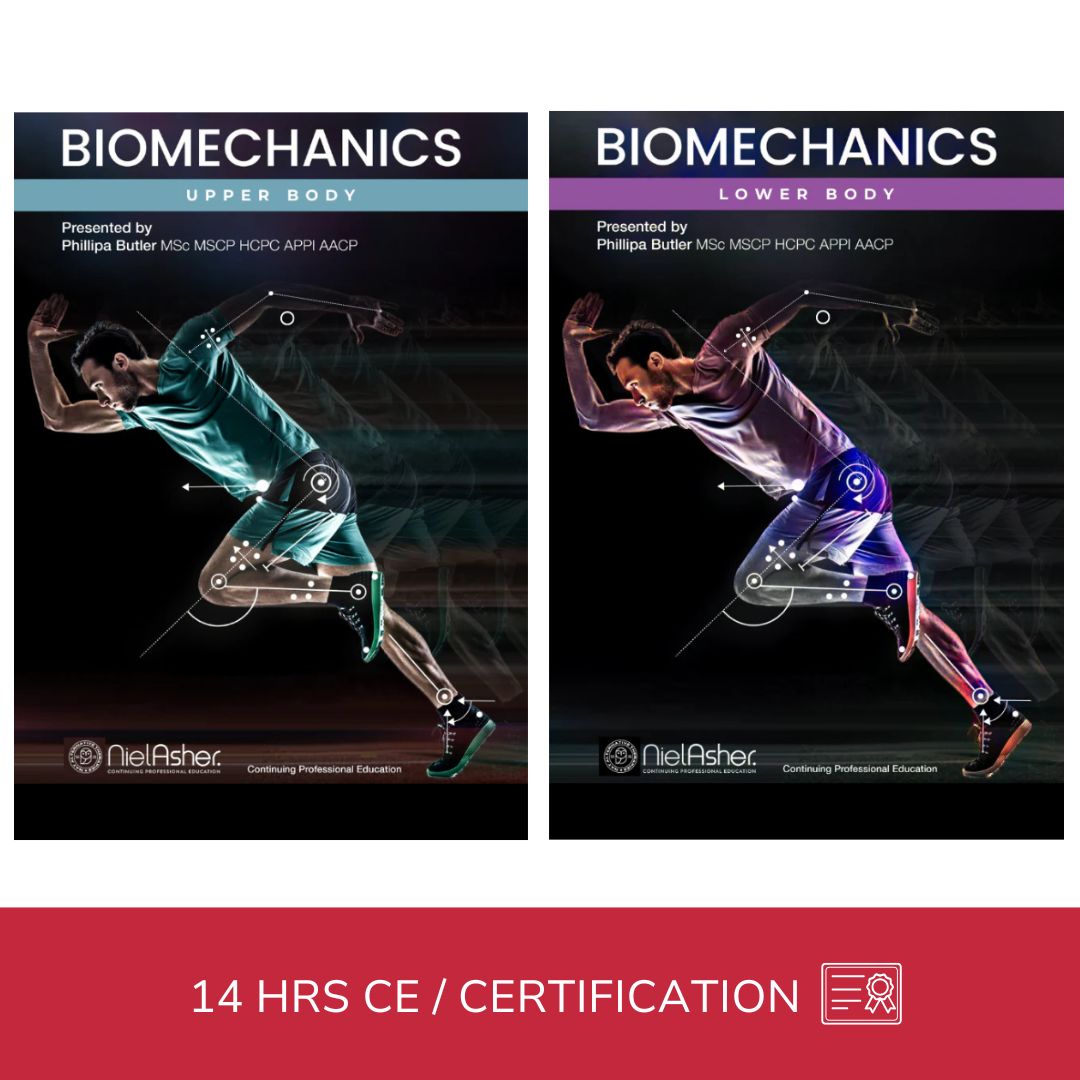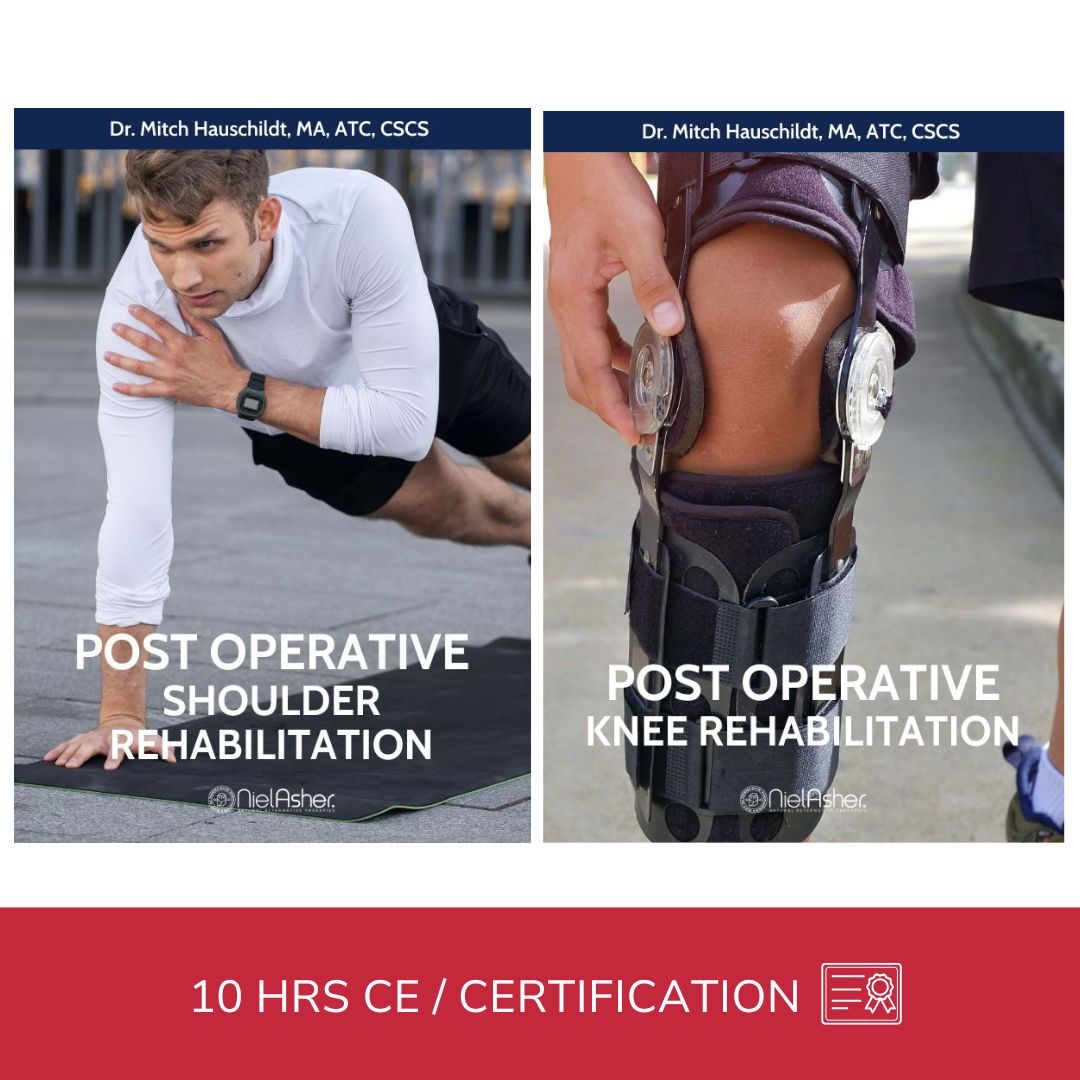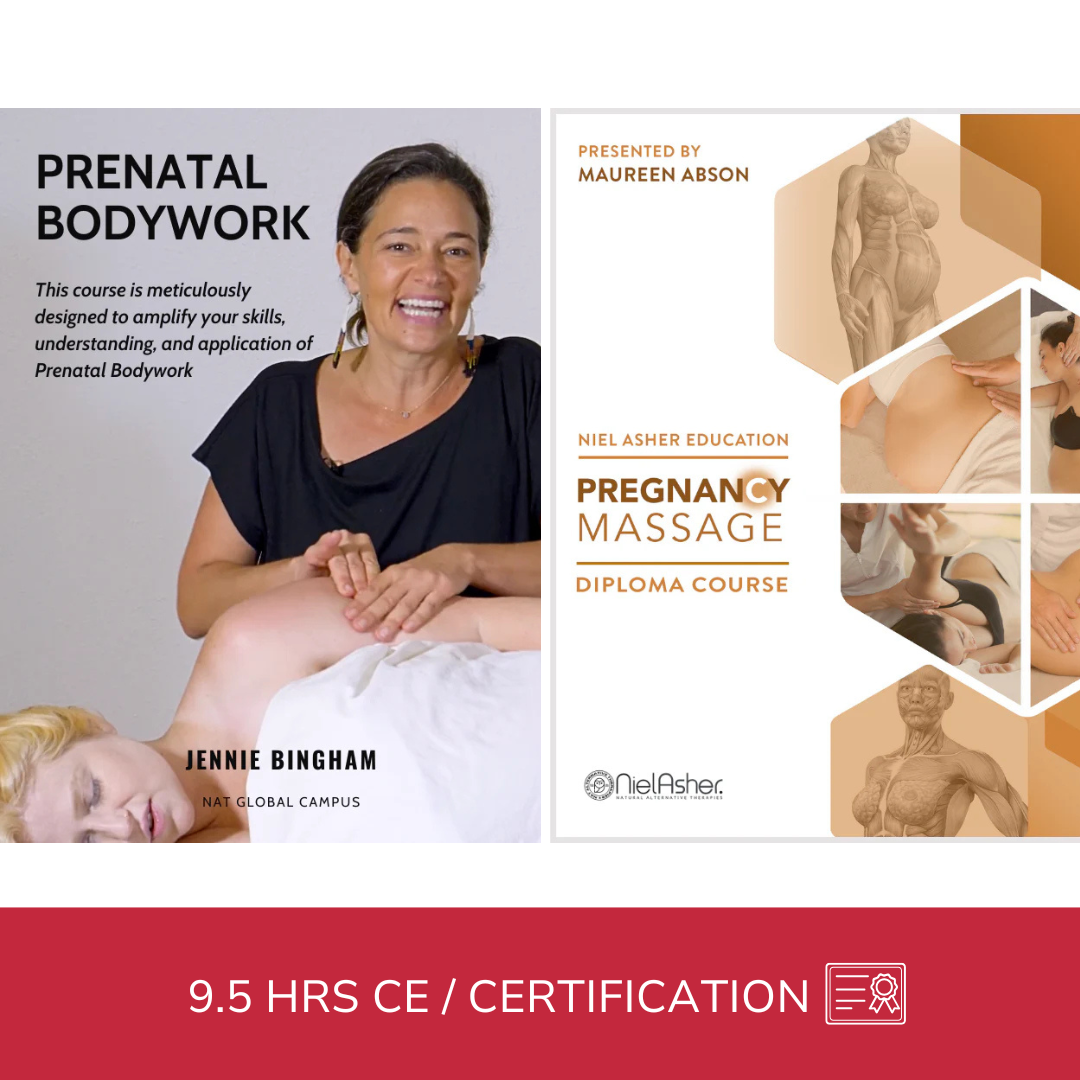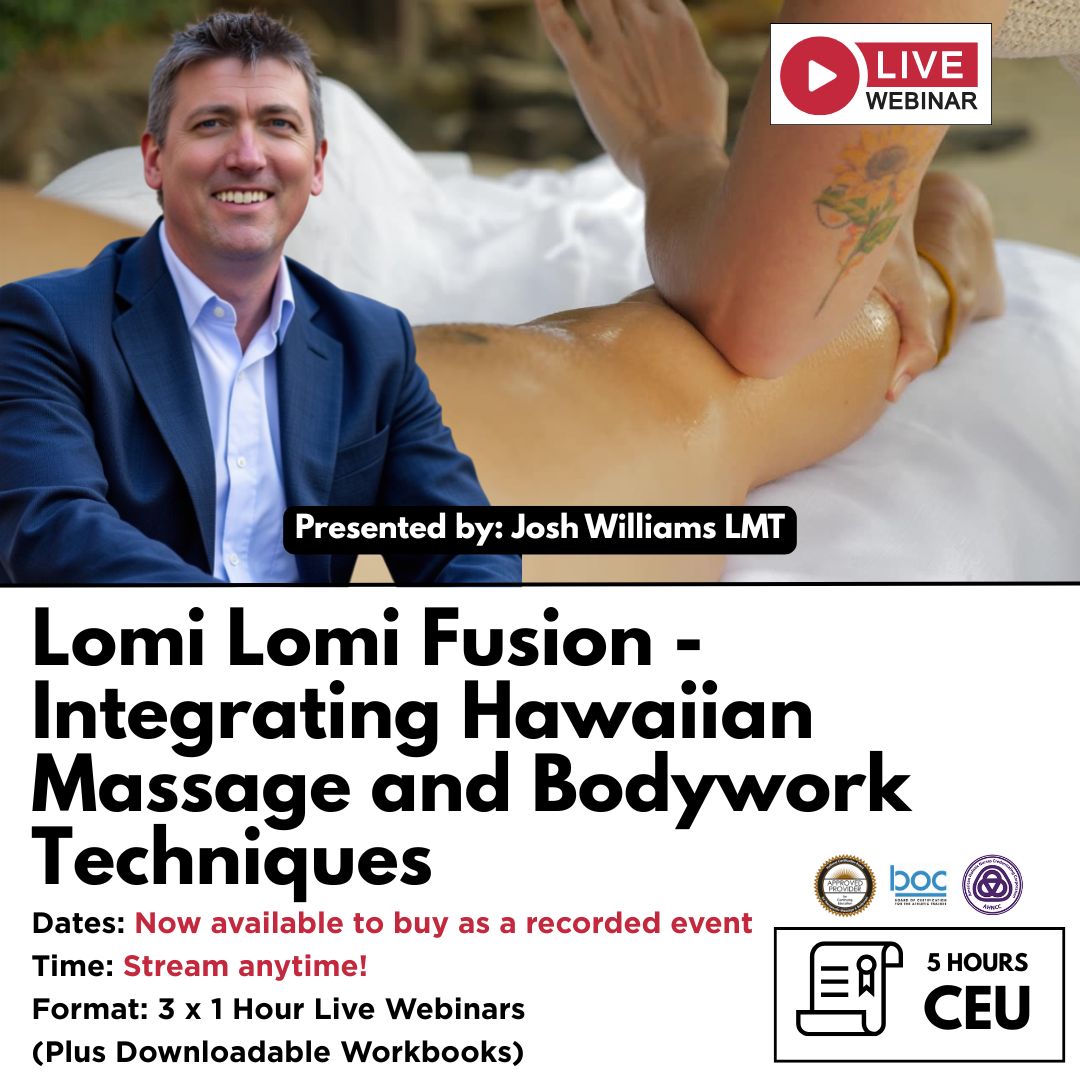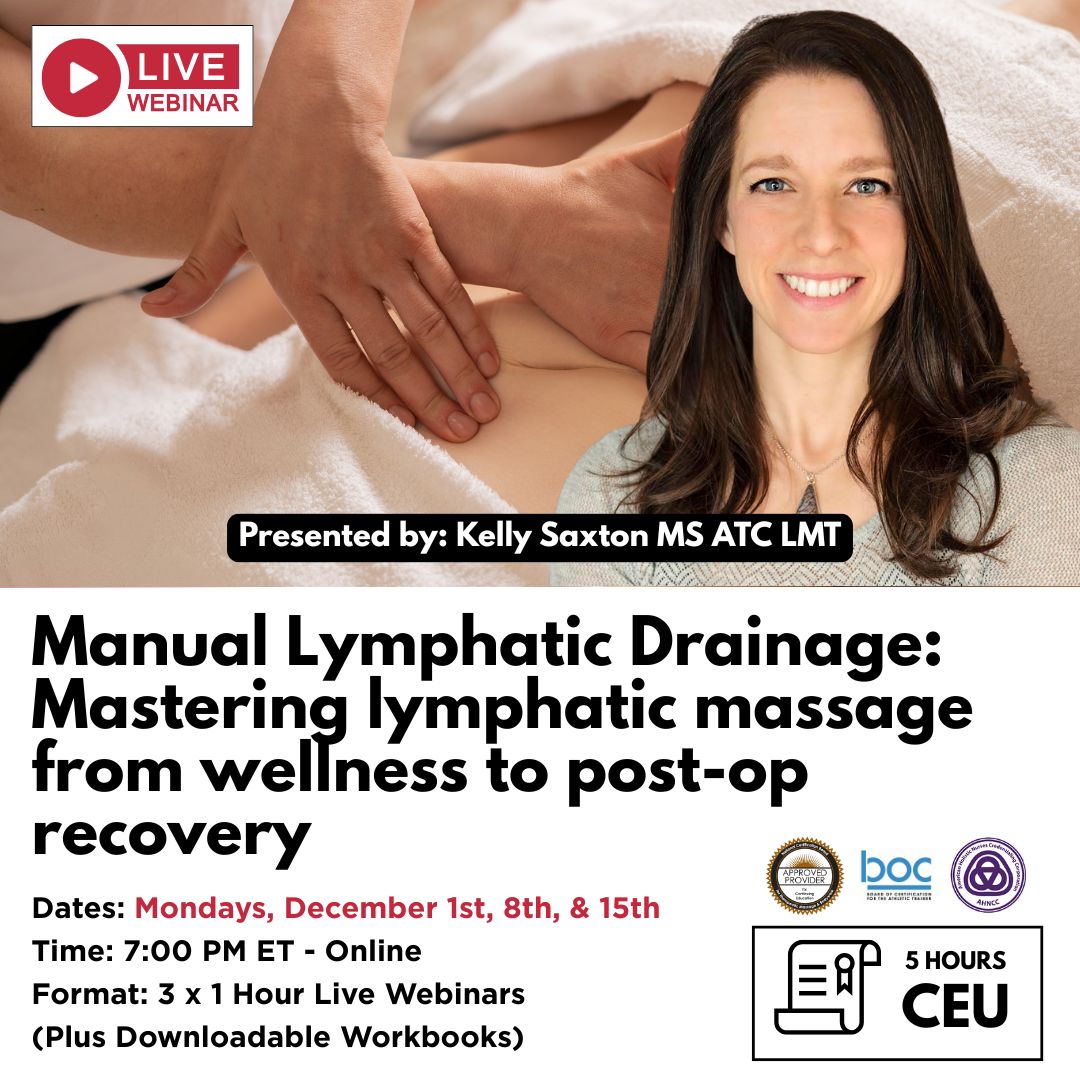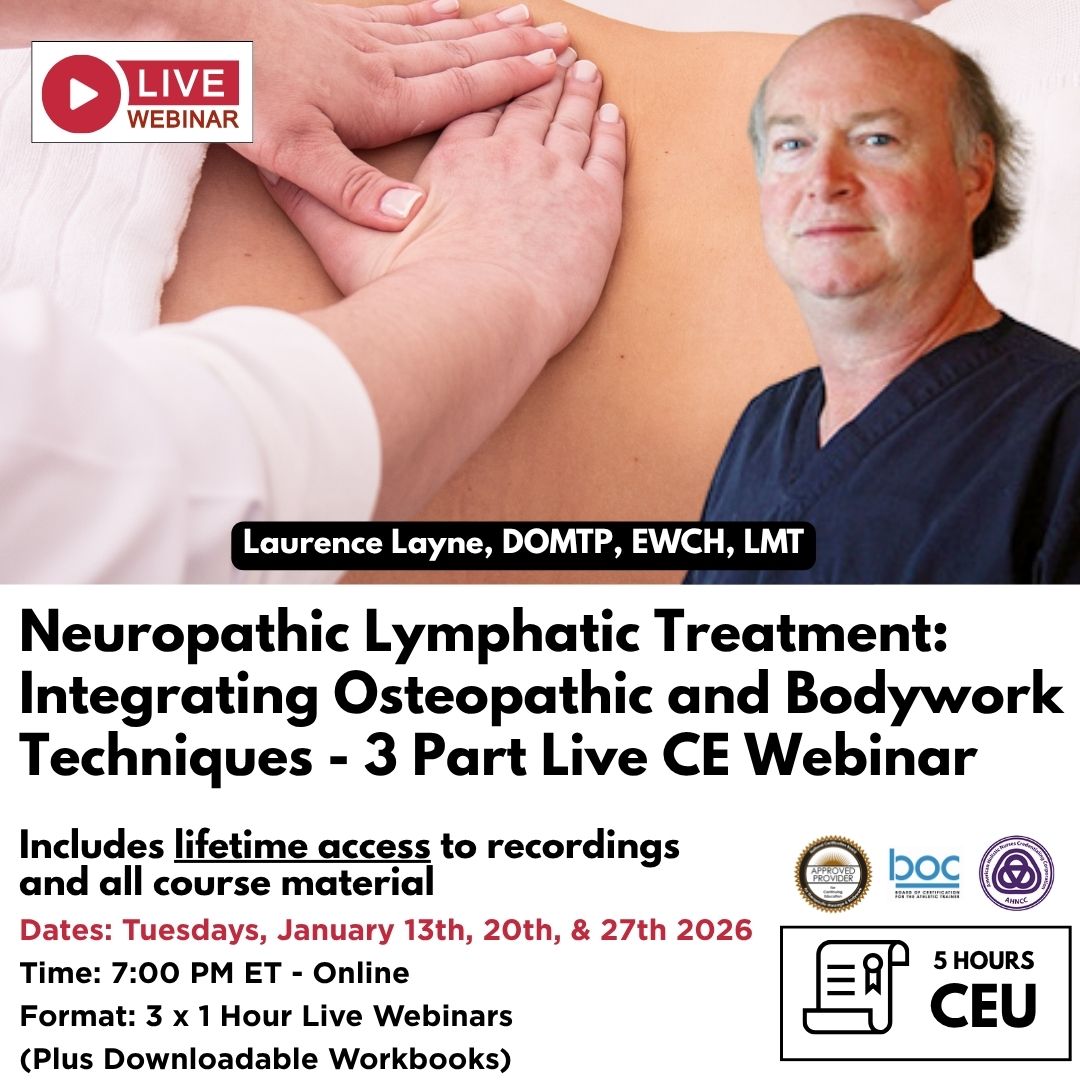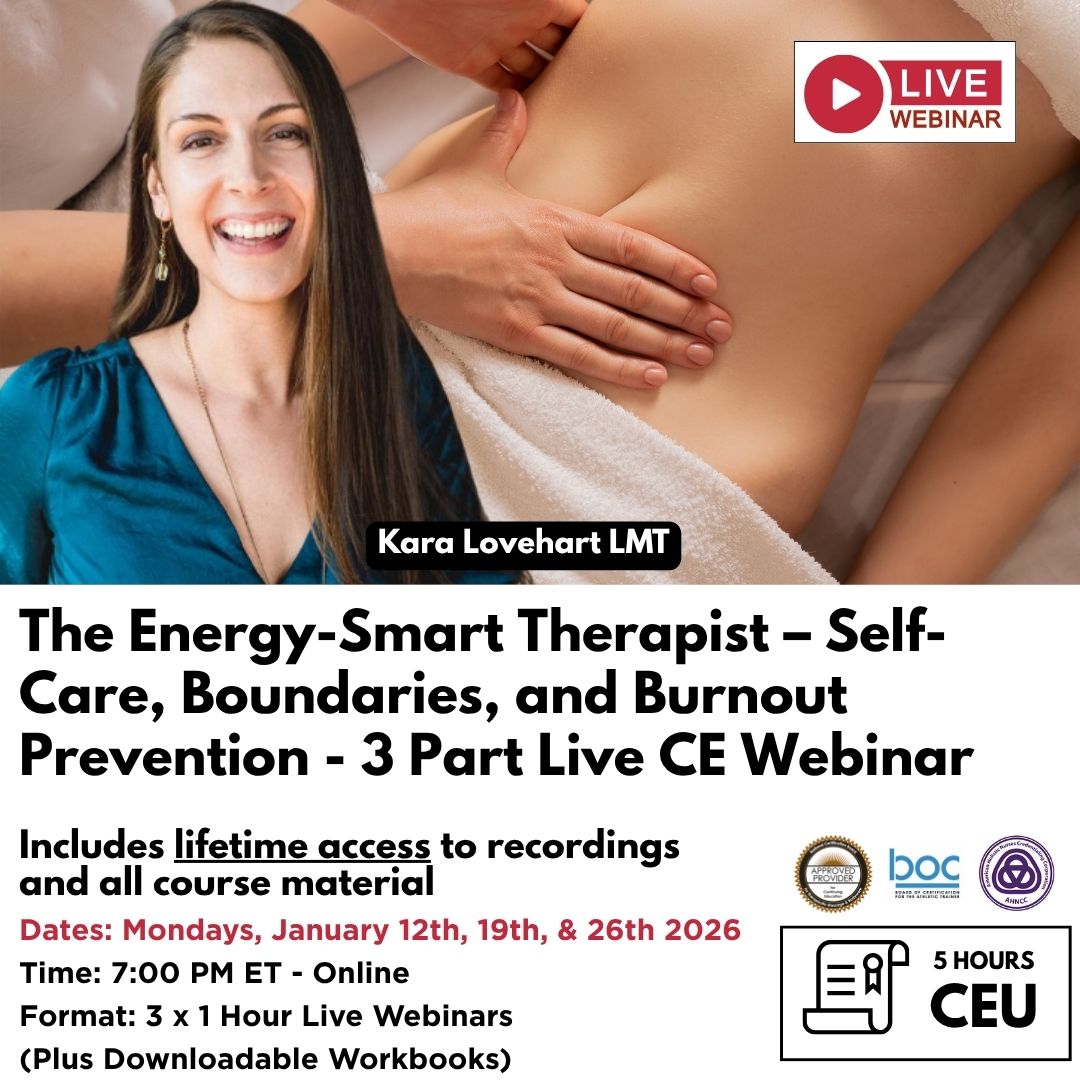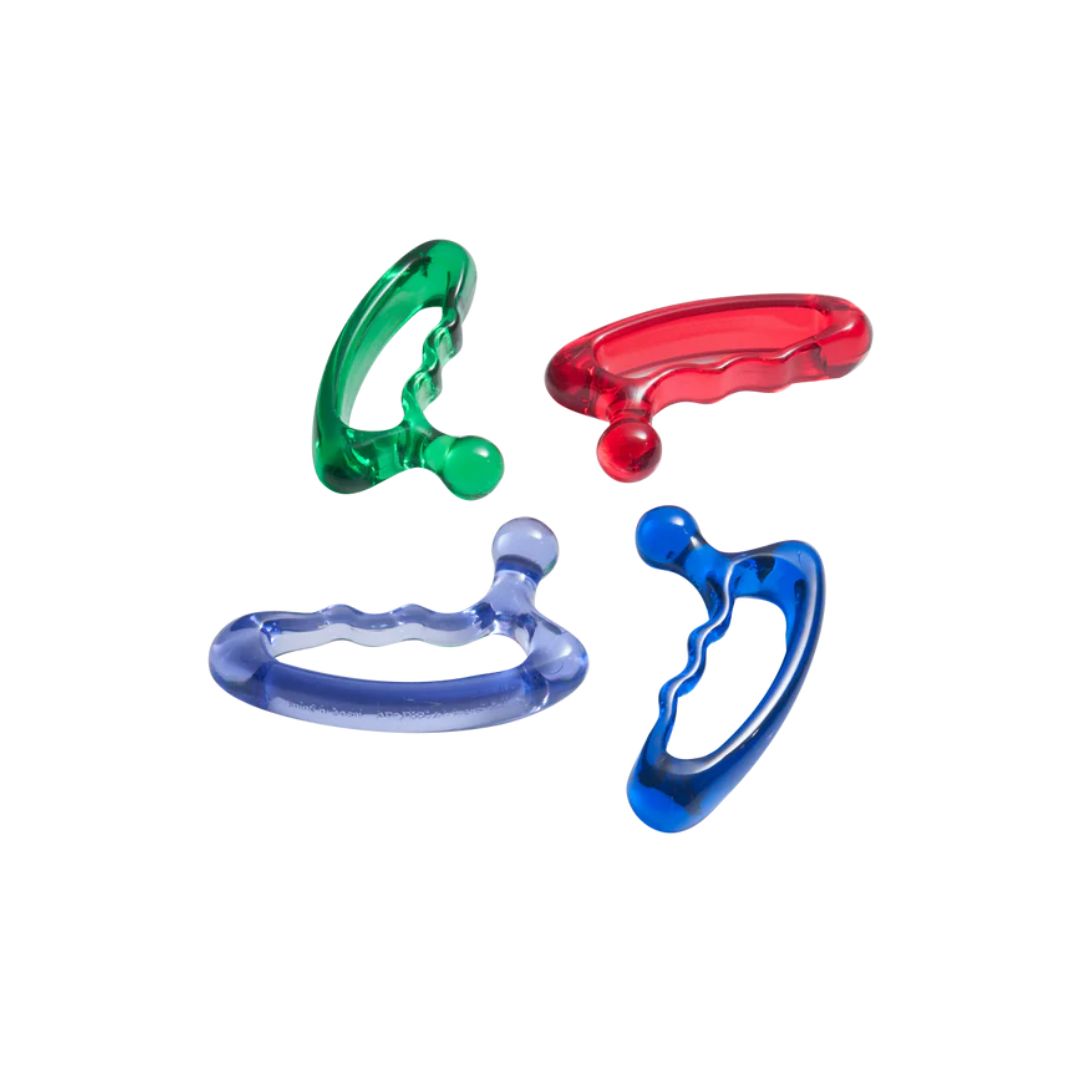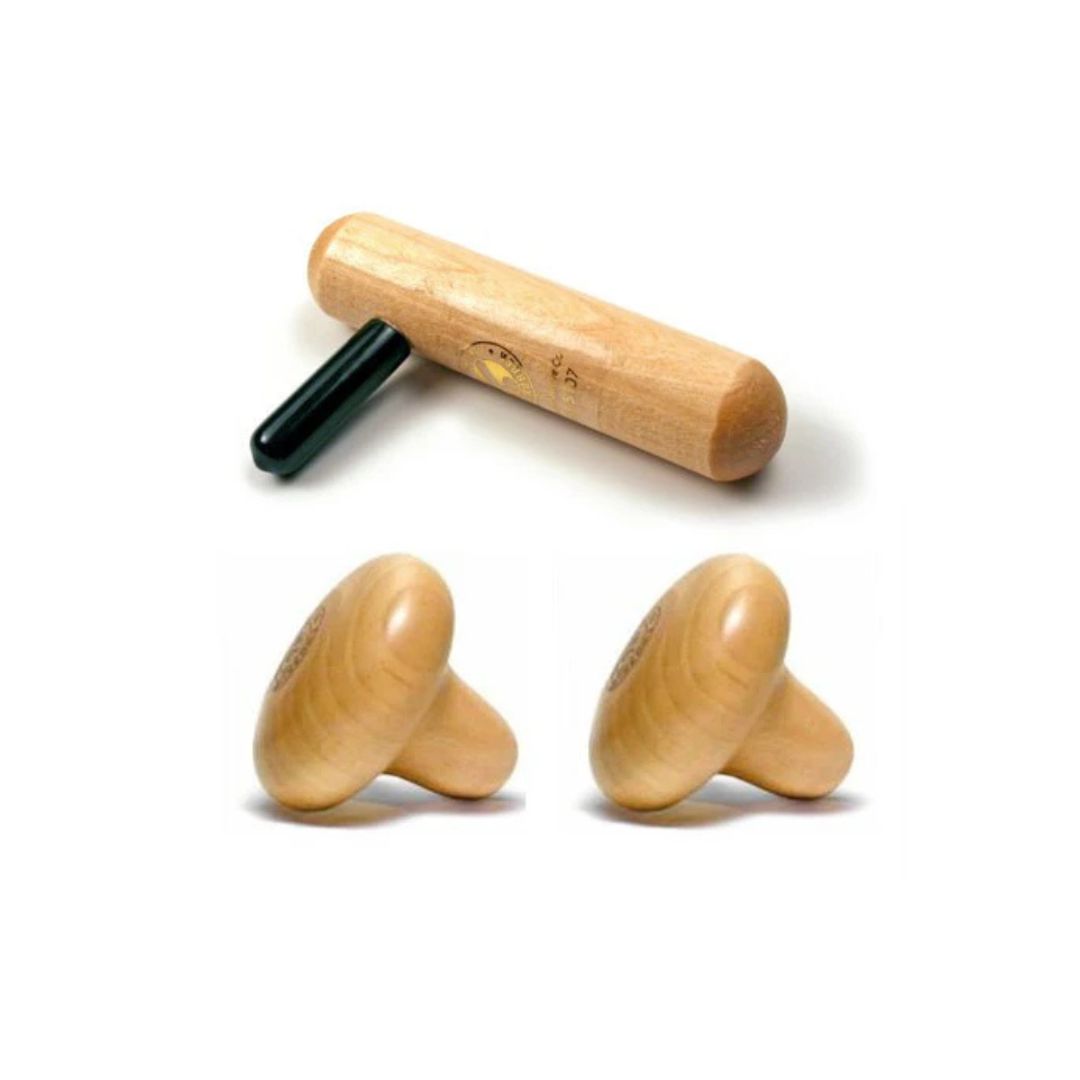Seeing Clearly: A Deep Dive into Eye Health with Dr. Ravi Patel M.D.
The Eye-Opening Truth: Why We Take Our Vision For Granted (and Shouldn't!)
Have you ever stopped to truly consider your eyes? These incredible, intricate organs are our primary windows to the world, shaping every visual experience, from the vibrant hues of a sunset to the nuanced expressions on a loved one's face. Yet, for many, the very thought of anything going awry with our vision can trigger a deep, almost primal fear. It's a vulnerability we often instinctively push to the periphery of our minds, silently hoping we'll never have to confront it head-on.
Recently, on the Treatment Room Secrets podcast, our very own Dani Marks sat down with the distinguished ophthalmologist, Dr. Ravi Patel, for a conversation that was truly, well, eye-opening. Dani himself carries a deeply personal connection to the subject of eye health, having navigated significant vision challenges from a remarkably young age. His childhood was marked by frequent visits to the eye doctor and a prescription so high it often left even seasoned medical professionals surprised. This lifelong journey has imbued him with a unique and profound appreciation for the preciousness and inherent vulnerability of our sight.
"I think most people walk around not really thinking about the vulnerability of their eyes," Dani reflected during their chat. While he acknowledged that this perhaps allows for a more unburdened daily existence, Dr. Patel swiftly affirmed a universal truth that resonates deeply within us: "The number one fear that humans have in general, if you think about all of our senses, is losing sight. People would rather die than lose their sight. It's that precious." This poignant statement underscores the immense value we place on our vision, even when it's not at the forefront of our conscious thoughts.
The conversation between Dani and Dr. Patel transcended mere medical diagnoses; it delved into the very human experience of vision, the anxieties that often swirl around eye health, and the breathtaking advancements in a medical field singularly dedicated to preserving one of our most cherished senses.
The Eye: A Marvel of Engineering, an Extension of Your Brain
Before we venture into the intricacies of various eye conditions and their treatments, let's take a moment to truly marvel at the sheer genius of the eye itself. Dr. Patel eloquently described it as being "kind of like a camera," a wonderfully accessible analogy. Just as a camera relies on a sophisticated interplay of lenses and film to capture an image, your eye is equipped with two primary lenses – the cornea, that clear, transparent dome forming the front window of your eye, and the crystalline lens, nestled just behind your iris, the colored part of your eye. These two lenses work in concert, meticulously focusing light onto the retina.
And what exactly is the retina? This is where the "film" analogy truly comes alive, but with a biological twist that elevates it far beyond mere mechanics. "It's an extension of the prosencephalon," Dr. Patel explained, using a more technical term for the front part of the brain. He elaborated, "So it's actually nerves that grow into the eye and that's where all the photoreceptors are." Imagine these photoreceptors as an intricate tapestry of tiny, light-sensitive pixels, each one diligently sensing light and color, then instantly transmitting that raw visual data directly to your brain. It is your brain that then takes this torrent of information and skillfully amalgamates it into the vivid, coherent picture you perceive. So, when you truly consider it, your retina isn't just a component of your eye; it is, quite literally, a direct, specialized extension of your brain, reaching out to capture the world in all its glory. It's a concept that is nothing short of mind-blowing.
Now, here's a fascinating piece of information that often catches people by surprise: The inside portions of your eye, including that incredible retina, are entirely devoid of pain receptors. This anatomical fact is profoundly significant, particularly when we discuss certain internal eye conditions. While the mere thought of something going awry inside your eye might instinctively make you wince, the physiological reality is that the eye communicates its internal distress through visual symptoms – flashes, floaters, or changes in vision – rather than through sensations of pain.
However, the very front part of your eye, that delicate, clear, dome-shaped surface known as the cornea – the very spot where a contact lens comfortably rests – presents an entirely different sensory landscape. Dr. Patel revealed that the cornea "has the highest density of nerve fibers in much of the body." If you've ever had the misfortune of experiencing a scratch on your eye, you understand this pain on a visceral level; it's often described as among the most excruciating pains a person can endure. Dani himself noted the striking difference during their conversation: "Now I could put my finger on the white area of my eye without feeling anything, but I could not put it on the center part of my eye." This extraordinary density of nerve endings renders the cornea exquisitely sensitive, serving as a vital, immediate protective barrier for the delicate structures behind it.
When the "Film" Peels Off: Understanding Retinal Detachment
One of the most unsettling phrases Dani vividly remembered hearing from a young age was "retinal detachment." He understood it carried a serious weight, but the precise nature of the condition remained somewhat shrouded in mystery. Dr. Patel expertly clarified: a retinal detachment is, at its core, a "separation of the photographic film in the back part of the eye." To visualize this, imagine the sensitive film inside a camera somehow peeling away from its proper, fixed position; the resulting image would inevitably become distorted, fragmented, or even disappear entirely.
So, what exactly instigates this alarming event? Trauma stands as one of the leading culprits. Much like a severe concussion can cause your brain to violently bounce and jostle within your skull, a forceful blow to the head or directly to the eye can cause the vitreous gel – the clear, jelly-like substance that fills the main cavity of the eyeball – to pull on the delicate retina. This pulling can lead to a tear in the retinal tissue, allowing fluid to seep underneath and cause the retina to peel away from its nourishing underlying layers. Dr. Patel painted a vivid, if slightly unsettling, analogy: "It's kind of like an onion bouncing around inside of a jar... all the layers will unravel."
Dani's own personal heightened risk of retinal detachment was directly linked to his significant myopia, or nearsightedness. Individuals with very high prescriptions often possess eyeballs that are slightly longer than average. This elongated shape causes the retina to be stretched and consequently thinner, rendering it more fragile and inherently more prone to developing tears or detachments.
Given that the retina, as we've learned, lacks pain receptors, how then does your eye signal that something is amiss? Dr. Patel explained the critical, tell-tale signs: "You'd start seeing flashing lights or floaters or a curtain coming over your vision." These are not mere visual annoyances; they are urgent visual disturbances, your eye's distinct way of signaling profound distress. These symptoms serve as a critical alarm, urging you to seek immediate medical attention, for without swift intervention, irreversible vision loss can tragically occur.
From High School Dreams to Restoring Sight: Dr. Ravi Patel's Journey to Ophthalmology
What precisely is it that draws an individual to dedicate their life to a medical field as intricate, as vital, and as deeply personal as ophthalmology? For Dr. Ravi Patel, the genesis of his journey began surprisingly early, during his high school years, when he had the pivotal encounter with his mentor, Dr. Rob Abel – whose very book, "The Eye Care Revolution," would later profoundly influence Dani's own understanding of eye health.
From that formative introduction, Dr. Patel found himself utterly captivated by the concept of "instant gratification" that ophthalmology offered in the realm of restoring sight. He vividly recalls witnessing patients arriving at the clinic burdened by severe vision problems, sometimes even experiencing acute pain from corneal abrasions or contact lens-related complications. Yet, remarkably, within a mere day or two, these same patients would depart with dramatically improved vision and a profound sense of comfort. "The gift of restoring sight was so instantaneous," he recounted, his voice reflecting the enduring wonder of it. This immediate, tangible, and often dramatic impact on people's lives stood in stark contrast to the frequently prolonged and less visibly rewarding processes he observed in other medical specialties.
He reflected on the unique joy of witnessing patients leave the doctor's office not with the usual sense of misery or resignation, but with genuine happiness and renewed hope. This early, powerful exposure to such positive patient outcomes set an unwavering benchmark for his entire medical school journey. "It was the comparison point of everything else that I experienced in medical school," he shared. Every rotation, from the fast-paced intensity of emergency medicine to the intimate complexities of OBGYN, was invariably measured against the profound sense of satisfaction and purpose he consistently found in ophthalmology. This persistent, almost magnetic pull ultimately affirmed his chosen path.
Today, Dr. Patel speaks with conviction, describing his profession as "truly the best profession that I could have picked for myself or for anybody." He deeply cherishes the profound connections forged with his patients, valuing the opportunity to hear their unique life journeys and to witness their palpable relief and sheer euphoria when their precious vision is restored. It is a powerful, daily reminder of the immense, often underestimated, value of sight and the extraordinary privilege of helping others to regain it.
Behind the Gaze: Navigating Eye Surgery as a Patient and a Surgeon
The very notion of undergoing eye surgery can be incredibly daunting, conjuring images of vulnerability and discomfort. Dani, having personally navigated the experience of eye surgery, vividly recalled the apprehension of having "different pieces of metal inside my eye while I'm awake with just a couple of numbing drops." This shared, intimate experience allowed for a uniquely empathetic and insightful conversation about the pervasive nature of patient anxiety surrounding such procedures.
The Patient's Perspective (Dani's Story): For Dani, the pre-surgery nerves were undeniably intense, a natural response to the unknown. However, what ultimately propelled him forward was "the hope of... really seeing a better world after" for himself. He held onto the vision of a post-surgical "paradise," a powerful mental image that anchored him and helped him transcend those initial anxieties. During the surgery itself, a confluence of factors provided unexpected comfort and ease. There was what he fondly referred to as a "happy drip," likely a mild sedative administered intravenously, which induced a sense of calm and well-being. Crucially, he recalled the comforting presence of a nurse who, recognizing his solitude in the operating room during the challenging COVID era, gently squeezed his hand and offered reassuring words: "She's here with me and everything's going to be okay." He felt her reassuring squeeze every few minutes, a simple yet profoundly impactful gesture of human connection. Even the unexpected distraction of Ed Sheeran's music playing softly in the background contributed to a surprisingly serene atmosphere. The immediate post-surgery euphoria, the astonishing ability to "open my eyes and see things... in a new way," was an overwhelming wave of relief and pure joy.
The Surgeon's Perspective (Dr. Patel's Insights): Dr. Patel approaches his patients with profound empathy, having personally undergone LASIK surgery himself. He vividly remembers the tell-tale signs of anxiety – a high heart rate, clammy hands – acknowledging that "it would be abnormal not to" feel nervous in such a situation. He draws a crucial distinction between fear and trust. Patients can harbor genuine fear about a medical procedure while simultaneously possessing complete trust in their surgeon's competence. His role, therefore, extends beyond technical skill; it encompasses the vital task of alleviating that fear.
He has observed and categorized three distinct phases or types of patient anxiety, each requiring a tailored approach: First, there are those patients who present with an endless barrage of pre-operative technical questions. For these individuals, Dr. Patel gently guides them towards a fundamental understanding of "trusting the process." He explains that while he is certainly capable of delving into the intricate technicalities of laser wavelengths or instrument sizes, such detailed explanations may not actually serve to ease their immediate anxiety. Instead, he focuses on building that foundational trust.
Second, there are individuals who experience a sudden, overwhelming surge of panic literally as they are rolling into the operating room. This category of patients is managed with immediate, practical interventions. This might involve administering a mild sedative, either intravenously or orally, providing stress-relieving "squeezy balls," and playing soothing music – much like the Ed Sheeran that brought unexpected calm to Dani's experience. The goal here is to employ whatever means necessary to help them navigate that critical moment.
Finally, somewhat surprisingly, there are patients who experience a delayed onset of anxiety, often a "what did I just do?" panic, during the post-procedure recovery period, typically within the first day or so of healing. For these individuals, Dr. Patel offers reassurance by reminding them that their initial decision to undergo surgery was made when they were not anxious, suggesting that these post-operative fears are often anxiety-driven rather than a rational reconsideration of their choice. He emphasizes that each level of anxiety demands a personalized, one-on-one approach, as there is no single perfect phrase or action that universally applies. His overarching philosophy is to reassure patients, often employing the simple yet profoundly impactful phrase: "We're gonna take good care of you." This commitment to compassionate care, coupled with his calming voice and the ability to subtly distract patients from the presence of surgical instruments, plays a significant role in helping them navigate the procedure with greater ease.
The Pain Question: Modern Eye Surgery's Gentle Touch One of the most pervasive anxieties for patients contemplating eye surgery revolves around the expectation of pain. Dani himself expressed genuine surprise at the remarkable lack of pain he experienced during his procedure. Dr. Patel confirmed that this absence of pain is, in fact, a defining characteristic of modern eye surgery. Thanks to the development and precise application of highly effective topical eye drops, the cornea can be completely anesthetized, rendering it insensitive to touch. And, as we've already explored, because the inside of the eye is naturally devoid of pain receptors, patients typically report feeling only "pressure and... water, but nothing should be overtly painful." This stark reality stands in stark contrast to the pain often associated with many other types of surgeries and serves as a powerful testament to the incredible advancements in ophthalmology. Interestingly, Dr. Patel noted that patients often don't fully believe this until they experience it for themselves, a testament to the deeply ingrained fear surrounding eye discomfort.
Beyond the Glasses: Differentiating Refractive Errors from Eye Diseases
It's a common tendency to conflate "bad eyesight" with "bad eye health," often using the terms interchangeably. However, Dr. Patel drew a crucial and illuminating distinction that is fundamental to understanding ocular well-being.
Refractive Errors, he explained, pertain to what most people refer to when they discuss needing glasses or contact lenses. This category encompasses familiar conditions such as nearsightedness (myopia), where distant objects appear blurry; farsightedness (hyperopia), which makes close objects difficult to focus on; and astigmatism, a condition causing blurred vision at all distances due to an irregularly shaped cornea. For the vast majority of the population – indeed, over 90% – these are simply optical imperfections. Dr. Patel shared his own experience, noting that with his "minus two" prescription, he could see clearly at arm's length but needed glasses for distance. Yet, "when I put glasses on or contacts on, I had no issues with my vision." These conditions are readily correctable with corrective lenses or procedures and generally do not indicate an underlying eye disease, though in extremely rare and severe cases, they can sometimes be associated with other ocular or systemic conditions.
Eye Diseases, on the other hand, represent a fundamentally different category. These are conditions that cause genuine, and often irreversible, vision loss despite the use of glasses or contact lenses. They signify a problem with the inherent structure or function of the eye itself.
Dr. Patel highlighted what he refers to as the "big three" common eye diseases prevalent in adults, along with another significant condition:
First, Cataracts, which involve a gradual clouding of the eye's natural lens. This clouding leads to symptoms such as blurry vision, increased sensitivity to glare (especially from headlights at night), and difficulty seeing clearly in low-light conditions. While cataracts are often age-related, developing naturally over time, they can also manifest earlier in life due to various factors, including eye trauma or certain systemic conditions. For instance, Dr. Patel pointed out that in diabetics, a particular type of cataract can form at younger ages, underscoring the body's interconnectedness.
Second, Macular Degeneration (AMD), a condition that specifically damages the macula, which is the small, central portion of the retina. This vital area is responsible for our sharp, detailed central vision, crucial for tasks like reading, recognizing faces, and driving. Damage to the macula can lead to blurred central vision or the development of a blind spot, making it a leading cause of vision loss in older adults.
Third, Glaucoma, often ominously referred to as the "silent thief of sight." Glaucoma typically involves an elevation of pressure inside the eye. This increased internal pressure, if left unmanaged, can progressively damage the optic nerve – the critical "cable" that transmits visual information from the eye to the brain. The insidious nature of glaucoma lies in its initial impact on peripheral vision, which often goes unnoticed by the patient until significant, irreversible damage has occurred. If left untreated, it can ultimately lead to complete blindness.
Beyond these major adult conditions, Dr. Patel also touched upon other significant causes of vision impairment: Diabetic Retinopathy, a severe complication of diabetes that causes damage to the delicate blood vessels within the retina. This is a particularly alarming condition as it stands as the leading cause of blindness in working-aged Americans, emphasizing the critical importance of diabetes management for eye health. Then there's Trauma, as discussed earlier with retinal detachment; injuries to the eye can cause significant and, in some cases, permanent vision problems, especially prevalent in younger populations due to sports or accidents. Finally, Inherited or Genetic Diseases encompass conditions that are either congenital (present at birth) or passed down through family lines, leading to various forms of vision impairment.
Your Lifestyle, Your Eyes: The Surprising Connections
It's remarkably easy for us to compartmentalize our health, mentally isolating our eyes as distinct entities from the rest of our bodily systems. However, Dr. Patel underscored a profound and often overlooked truth: "I don't think that anything isn't interconnected." This holistic perspective reveals that your overall health and the lifestyle choices you make exert a profound and far-reaching impact on the well-being of your eyes.
Let's explore some of these surprising, yet crucial, connections:
Consider smoking, for instance. While the public consciousness primarily associates smoking with severe pulmonary conditions like lung cancer or cardiovascular diseases, its detrimental impact on eye health is equally significant, though less frequently discussed. Dr. Patel referenced the landmark AREDS (Age-Related Eye Disease Study), a long-running, NIH-sponsored research initiative that has meticulously studied the effects of aging on the eyes. This study unequivocally found that smokers face a substantially higher risk of progression for macular degeneration. The scientific explanation is clear: smoking actively depletes vital nutrients within the body, dramatically increases the production of harmful free radicals, and generally fosters an inflammatory environment that is profoundly detrimental to delicate eye tissues. It's not merely a case of smoking "not helping" your eyes; it actively harms them.
Then there's the pervasive issue of a sedentary lifestyle. "Sitting is the new smoking," Dr. Patel stated, a powerful adage highlighting the widespread negative health consequences of prolonged inactivity. A lack of regular cardiovascular exercise, for example, can contribute to higher-than-average pressure inside the eye, thereby increasing an individual's risk of developing glaucoma. This reinforces the idea that movement truly is medicine, not just for your muscles and heart, but for your entire intricate bodily system, including the health of your eyes.
Dr. Patel further painted a compelling picture of the body's profound interconnectedness, where seemingly disparate issues in one system can manifest with surprising clarity in another: Gut Health, for instance, plays a more direct role than many might imagine. If you suffer from poor nutritional absorption due to a compromised gut, your eyes are likely to show manifestations. This is because the eyes, like all organs, rely on a steady and efficient supply of essential nutrients to function optimally. Even issues with your Joint Health can, perhaps surprisingly, sometimes be linked to ocular problems, underscoring systemic inflammatory processes. And consider Skin Conditions: The surface of your eye, the cornea, is not merely a simple transparent layer. It's a modified mucous membrane – physiologically akin to the delicate lining inside your mouth. This means that it can be affected by various skin conditions, such as seborrhea, rosacea, and acne. These conditions can lead to chronic irritation, persistent dry eyes, or other uncomfortable ocular issues. This particular connection often goes unrecognized by patients but can be a significant source of chronic eye discomfort.
These intricate connections powerfully underscore the paramount importance of adopting a holistic approach to health. What proves beneficial for your heart, your gut, or your skin, is very often equally beneficial for your eyes.
One Eye or Both? Understanding Symmetry in Eye Conditions
When a new vision problem emerges, a common and natural question that arises is whether it affects just one eye or both. Dr. Patel explained that the symmetry, or lack thereof, of an eye condition can often provide crucial clues about its underlying cause, guiding the diagnostic process.
If a vision problem stems from a systemic cause – meaning a condition affecting the entire body, such as diabetes leading to cataracts – then it is "likely to be bilateral," meaning it will affect both eyes. Similarly, common age-related conditions like cataracts and glaucoma, while often progressing at different rates, tend to manifest in both eyes over time.
However, if the problem is a direct result of trauma, such as a forceful blow to the eye, then by its very nature, the injury typically affects only one eye. Thus, a retinal detachment caused by an accident would usually be unilateral, confined to the injured eye.
Dr. Patel highlighted that asymmetry itself can often serve as a significant red flag. "Asymmetry is usually a sign of disease of some sort," he noted. While glaucoma can certainly be bilateral, it frequently presents asymmetrically, with one eye being more severely affected or progressing faster than the other.
Perhaps the most intriguing distinction lies in vision problems that are neurological in origin. Dr. Patel explained that "patients that have a brain tumor are more likely to have vision problems in both eyes at the same time." This is because the brain's visual processing centers receive and integrate information from both eyes. In contrast, a problem originating directly within the eye itself, such as a retinal detachment, typically manifests in one eye at a time, reflecting a localized issue.
This complex interplay of symptoms and causes underscores the critical role of the ophthalmologist. Their expertise lies in meticulously taking a patient's history, performing a thorough and comprehensive examination, and then drawing upon years of specialized training and accumulated experience to accurately pinpoint the most likely problem and guide the appropriate management strategy.
Don't Delay: The Hidden Fears Behind Late Eye Care
Despite the universally acknowledged preciousness of sight and the remarkable advancements in modern eye care, Dr. Patel frequently encounters patients who present "later than they should have." He firmly believes that a significant, often unspoken, reason for this delay is deeply rooted in fear.
Patients are often gripped by a constellation of anxieties that subtly, yet powerfully, deter them from seeking timely medical attention for their eyes. These fears include: The pervasive and ultimate fear of going blind, a prospect so terrifying that it can be paralyzing, leading to avoidance. A very real concern, particularly for older adults, about losing driving privileges, which represents not just a practical inconvenience but a significant loss of independence and autonomy. The apprehension of judgment from family members or children; patients worry that if their vision problems become known, they will be "judged differently" or "treated differently," perhaps seen as less capable. And, despite modern advancements, the lingering fear of pain associated with eye examinations or potential treatments. The misconception that eye procedures will be inherently painful can be a powerful deterrent, even though contemporary techniques have largely mitigated this.
These fears, while entirely understandable from a human perspective, can tragically lead to significant delays in diagnosis and treatment. Such delays, in turn, can result in more profound and irreversible vision loss that, with earlier intervention, might have been entirely preventable or at least far better managed. This reality underscores the immense importance of compassionate, clear communication from healthcare providers, who must not only diagnose and treat but also recognize and gently address these underlying anxieties to encourage patients to seek care precisely when they need it most.
Conclusion: Your Vision, Your Health, Your Future
Our illuminating conversation with Dr. Ravi Patel served as a powerful and timely reminder that our eyes are far more than mere optical instruments; they are intricate, vital components of our overall health and profound well-being. From the delicate, almost magical dance of light on the retina to the surprising, often overlooked connections between our gut health and our visual acuity, every facet of our body plays an interconnected role in how clearly and vibrantly we perceive the world around us.
Understanding the fundamental distinction between a simple refractive error, which can be corrected with lenses, and a genuine eye disease, which requires medical intervention, is absolutely crucial. Learning to recognize the subtle yet critical early warning signs of trouble, such as sudden flashes of light or new floaters, can be life-saving for your vision, enabling timely intervention that preserves sight. And perhaps most empowering of all, realizing that your daily lifestyle choices – from whether you smoke to how much you move your body – have a direct and tangible impact on your eye health, empowers you to make proactive decisions that safeguard your vision.
Ultimately, Dr. Patel's empathetic insights into the patient experience of eye surgery offer immense comfort and reassurance. The fear associated with such procedures is undeniably real, but the actual pain is often remarkably minimal, and the potential for life-changing vision restoration is truly profound. The combination of a surgeon's empathy, clear reassurance, and highly skilled hands makes all the difference in transforming a daunting experience into one of renewed sight and profound gratitude.
So, let this comprehensive exploration serve as a gentle yet firm nudge: prioritize your eye health. Do not allow fear to delay a vital visit to your eye doctor. Regular, comprehensive eye examinations are not merely about updating your prescription; they are about proactively safeguarding your precious gift of sight, ensuring that your windows to the world remain clear, vibrant, and fully open for many years to come. Your future self, and indeed your eyes, will undoubtedly thank you for it.
Disclaimer
The information in this article is intended for educational purposes within the context of continuing education for massage therapists, continuing education for athletic trainers, continuing education for physical therapists, continuing education for chiropractors, and continuing education for rehabilitation professionals. It is not a substitute for medical advice, diagnosis, or treatment. Although every effort has been made to ensure accuracy and reflect current understanding at the time of publication, practitioners must always work within the legal scope of their professional practice and follow all regional regulatory guidelines.
Hands-on techniques and clinical applications described in this material should only be performed by appropriately trained and licensed professionals. Individuals experiencing pain or symptoms should be referred to a qualified healthcare provider for assessment. Niel Asher Education is not responsible for any injury, loss, or damage resulting from the use or misuse of the information provided in this content.

Continuing Professional Education
Looking for Massage Therapy CEUs, PT and ATC continuing education, chiropractic CE, or advanced manual therapy training? Explore our evidence-based online courses designed for hands-on professionals.

